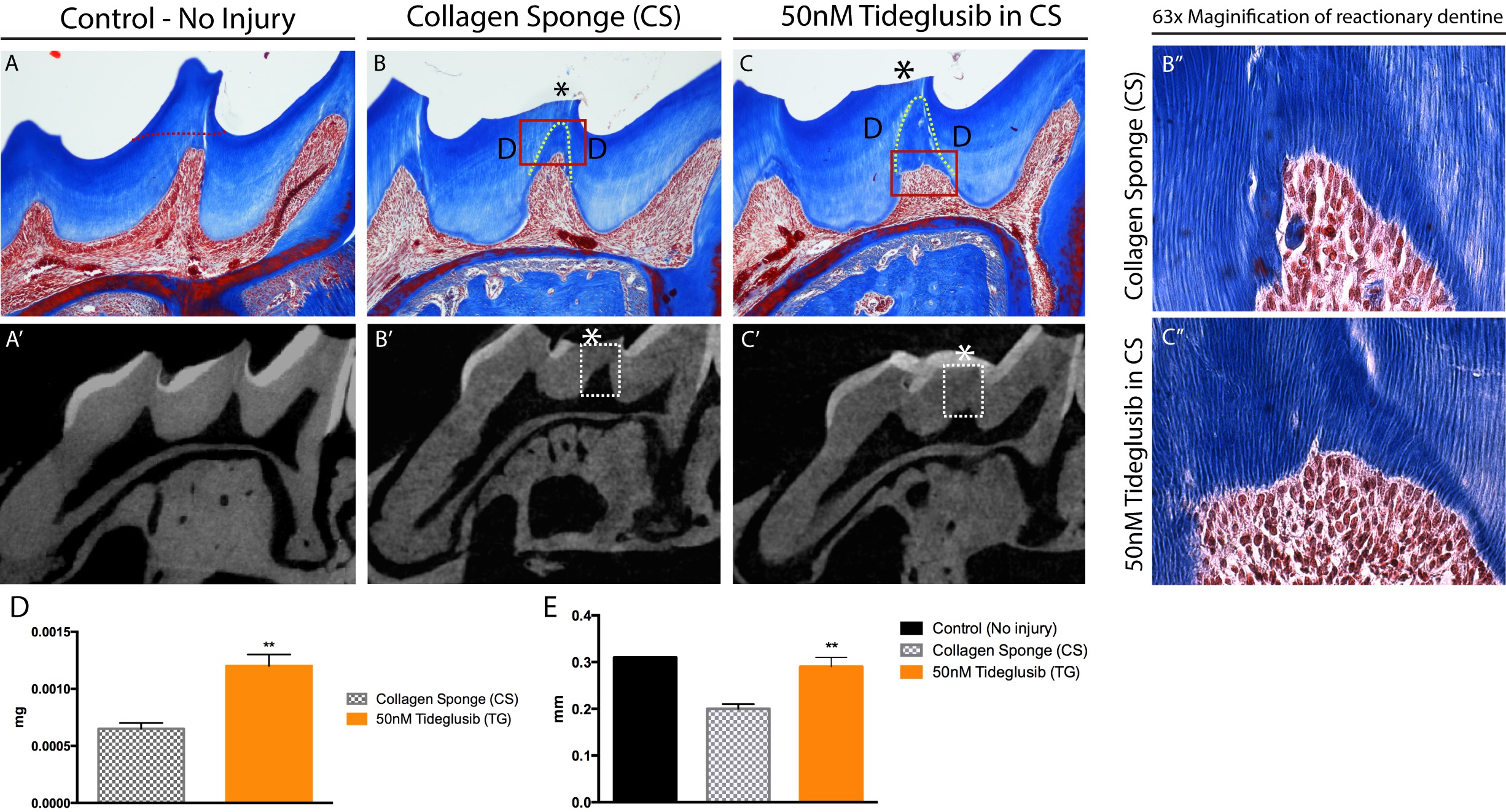IADR Abstract Archives
Mobilising and Modulating Natural Dentine Repair
Objectives: Formation of tertiary dentine is a natural repair response to dentine damage. In tooth restoration following caries damage a number of new products in use are promoted as being ”bioactive”. These include substances such as MTA (mineral trioxide aggregate) (Dentsply), BiodentineTM (Septodont), Calcium Hydroxide (Dentsply). The main function of thesecompounds is to fill holes in the dentine but they are not formulated to specifically promote dentine formation. This lack of clarity on what these materials do in the dental pulp led us to investigate and identify a pivotal pathway in the dental pulp (Wnt signaling) and cell types in vivo for stimulating natural tooth repair. Since the tooth already possess an internal capacity to repair dentine we have sought to understand and harness the biology of tertiary dentine production to develop new products for treatment of dental caries.
Methods: In order to assay tertiary dentine formation, we have developed a reproducible in vivo system to damage mouse molars. We created a reparative dentine model, consisting in exposed pulp injury and a reactionary dentine model, consisting on dentine damage (non-exposed pulp). A dental burr was used to cut the dentine, and for the reparative dentine model, a needle was used to expose the dental pulp. The exposed pulp model was capped with either MTA, or our Wnt agonist drugs on collagen sponges. The non-exposed model was capped with either calcium hydroxide or our Wnt agonist drugs on collagen sponges. Both models were sealed with glass ionomer. Analysis was performed at different time points after repair took place.
Results: We found that increasing local Wnt signalling via Wnt agonist drugs delivered on biodegradable collagen sponge after damage in both non-exposed and exposed models lead to increase of tertiary dentine formation. Pathways such as TGF-beta and BMP are not pivotal for triggering tertiary dentine formation, but are important for dentine organisation.
In addition, we have seen that immune cells such as F4/80+ macrophages and LY6g+ neutrophils are present at the damage site during repair in Wnt treated molars.
Conclusions: These findings provide a basis for the development of novel biological-based products for direct or indirect dentine repair.
Methods: In order to assay tertiary dentine formation, we have developed a reproducible in vivo system to damage mouse molars. We created a reparative dentine model, consisting in exposed pulp injury and a reactionary dentine model, consisting on dentine damage (non-exposed pulp). A dental burr was used to cut the dentine, and for the reparative dentine model, a needle was used to expose the dental pulp. The exposed pulp model was capped with either MTA, or our Wnt agonist drugs on collagen sponges. The non-exposed model was capped with either calcium hydroxide or our Wnt agonist drugs on collagen sponges. Both models were sealed with glass ionomer. Analysis was performed at different time points after repair took place.
Results: We found that increasing local Wnt signalling via Wnt agonist drugs delivered on biodegradable collagen sponge after damage in both non-exposed and exposed models lead to increase of tertiary dentine formation. Pathways such as TGF-beta and BMP are not pivotal for triggering tertiary dentine formation, but are important for dentine organisation.
In addition, we have seen that immune cells such as F4/80+ macrophages and LY6g+ neutrophils are present at the damage site during repair in Wnt treated molars.
Conclusions: These findings provide a basis for the development of novel biological-based products for direct or indirect dentine repair.


